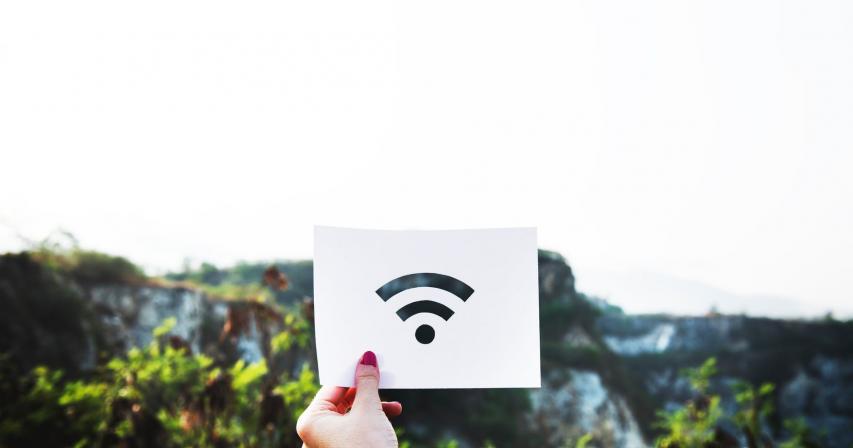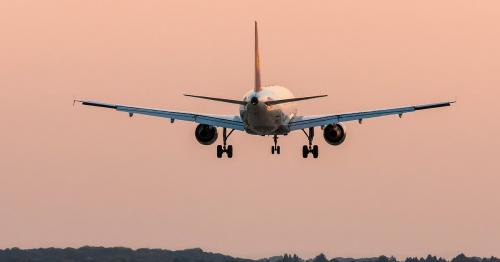Internet while traveling: The Good, the Bad, and the Ugly

The Good
Internet connectivity has improved dramatically since we started. In 2004, the only way to have connectivity while we traveled in our RV was with a $6,000 2-way satellite on the roof (Datastorm) and $115/mo service. Now, there is free Wi-Fi everywhere you go, and cellular Internet service from the likes of Verizon, AT&T, and T-Mobile can be carried around in your pocket. Cellular costs range from pay-as-you-go $15/mo minimal service from Tracfone, to $80 (+taxes/fees = $100+) per month for Verizon Unlimited.
Wi-Fi: In the US, every campground we visit has Wi-Fi. It may be free or not, it may be campground-wide or just at the clubhouse, but it’s there.
In Europe, we also found free Wi-Fi hotspots everywhere. Every bar, restaurant, hotel, B&B, and even some whole cities (e.g Ljubljana, Slovenia) had Free Wi-Fi. When we checked in to our various accommodations, sometimes they gave us the key first, sometimes they told us the Wi-Fi password first! It is their most important amenity after the bed.
Cellular: For smartphones and mobile hotspot devices, Internet connectivity is called “data.” In the US, Verizon has the best data coverage, with AT&T in second place.
In Europe, your Verizon won’t work at all, unless you’ve made special arrangements in advance, and paid big bucks. T-Mobile works with no modification, just turn on the cellular roaming setting on your phone. There is no extra charge. I got a message like the following, whenever we entered a new country.

If you’re lucky enough to have a Google Pixel phone on their Project Fi service, it also worked most everywhere we went in Europe, and it was high-speed for $10/GB.
If you don’t have either T-Mobile, or Project Fi, and you want connectivity when you’re away from your hotel, you’ll need to get local service. You can go to a local cellular company storefront and buy a local phone, or a mobile hotspot device, or just a SIM card to go into your own device. We had a European mobile hotspot that our friends from Harvest Hosts gave us after their last Europe trip. We went to a local Telecom Italy shop and bought a SIM card to insert into the device, then $15 for 30GB. That SIM card did not work in Slovenia, or Croatia. We could have visited a cellphone shop there, but we didn’t bother since the Wi-Fi in our rooms was usually so good.
The Bad
There are some places you can’t connect no matter what you do, or what devices/services you have. This goes for the US as well as Europe. Be prepared. If you need maps, use Google Maps offline and download the areas you need. If you need Google Translate, download the language so it is usable offline. And, make sure to have a downloaded Kindle book to read!
The Ugly
I hate being teased! Either work, or don’t work, but don’t make me jump through all sorts of hoops, make me pay a bunch of money, and still leave me unable to get my work done. Unfortunately, it happens all the time.
The issue is speed. Internet connections are 2-way, Up and Down. When you request a website, that request is going Up, when you see the website that’s data coming Down. When you backup photos online, that’s using the Upload side. I use a Speedtest app to see what I’m getting. If I see at least 1Mbps in the Upload and Download speeds, I’ll be fine. When I see a fraction in either the Upload or the Download, I can probably still get my email, but I won’t be able to do much else. In the screenshots below, the first column of numbers is the Download speed, the second is Upload. The first column tells whether it was a cellular or a Wi-Fi connection – the dot and 2 signal waves represent Wi-Fi, the antenna followed by 3 bars represents cellular. The June 16 entry is fantastic, the June 11 entry at the bottom is unuseable.
It doesn’t matter whether I’m connected to a Wi-Fi hotspot, or to a cellular connection, it’s the speed that counts.
WiFi vs Cellular
Wi-Fi: You can only use Wi-Fi when you are in a Wi-Fi hotspot, like a campground, or a restaurant, or your hotel room. Once you leave that spot, your Wi-Fi connection is gone. By the way – make sure to turn off Wi-Fi on your phone when you leave that hotspot, otherwise your battery will drain very fast as your phone continually hunts for hotspots. For more learning on using Wi-Fi or Cellular with smartphones, see Episode #63 of What Does This Button Do.
Cellular: Cellular networks cover entire countries! With your smartphone, or your mobile hotspot device, you can stay connected as you drive across Kansas, or on the train across Croatia! You will lose connectivity when you get too far from the nearest cell tower, but there will be another one.
In Europe, Jim’s Project Fi cellular connection was definitely the best. He pays a flat $10/GB for high-speed service. But, he would still connect to free Wi-Fi in restaurants and hotel rooms to avoid the charges … IF the Wi-Fi was fast enough. My T-Mobile worked in most places but it was slow, that’s their plan. It’s no extra charge, unlimited data with T-Mobile all across Europe, but it’s 2G speeds. I could use Google Maps, check my email, Facebook, and look up websites, but it would take all night to upload 20 photos, and I took several hundred most days! I really appreciated those hotels with good Wi-Fi. But not all were good. Most of the time we stayed in rental rooms or apartments and most of them had good to very good Wi-Fi. One night we stayed in a real hotel, and their Wi-Fi was the worst! I took the opportunity to try T-Mobile’s high speed data pass. I paid $15 for 100MB. Yes, it was fast! It was also completely used up in about 10 minutes! At that point, I asked Jim to turn his phone into a Wi-Fi hotspot so I could connect my phone to his Internet.
Internet connectivity is continually getting better, faster, cheaper, and in more places. In the not-too-distant future, we expect it to be ubiquitous and cheap. Meanwhile, it’s good enough if you take some time to learn. When we need to learn more, our go-to resource is our membership with RVMobileInternet.com.
/ Source: geeksontour





Comments